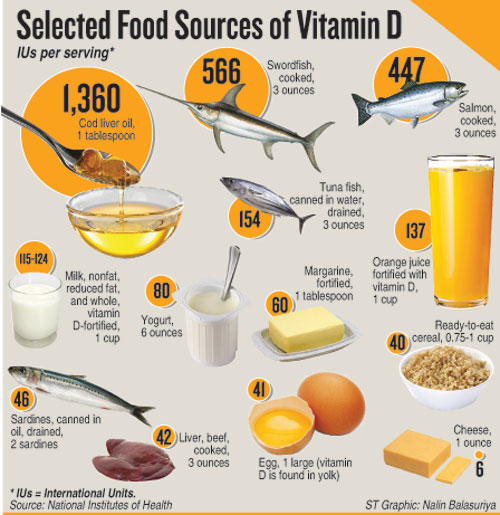Let the sun shine on you
Sun-kissed is how tropical Sri Lanka is commonly described but hidden within this image is a strong myth.
The myth is that men, women and children of Sri Lanka get ample amounts of the ‘Sunshine Vitamin’ or Vitamin D which is vital for our health.

Dr. Navoda Atapattu
“The belief is that we Sri Lankans have enough sunshine and as such are absorbing adequate amounts of Vitamin D. But studies have clearly shown that in many children and adults there is a Vitamin D deficiency,” says the country’s first Consultant Paediatric Endocrinologist, Dr. Navoda Atapattu who is attached to the Lady Ridgeway Hospital for Children in Colombo.We need to beware of ‘D-ficiency’, she says, reiterating that there seems to be inadequate exposure of people in the country to the sun due to changes in their lifestyles.
Ticking off on her fingers the different groups who do not seem to get enough sunlight, she says that many babies are hardly taken out for walks in the sunshine, while older children do not play outdoors these days as they are either glued to their computers or the television or are at tuition classes.
Others who have less exposure to the sun are adults who are fully clothed due to their religious beliefs and those who are bed-bound due to illness, according to Dr. Atapattu, who cautions that if an expectant mother does not get sufficient Vitamin D, then inexorably her foetus and newborn will suffer the same inadequacies.
MediScene learns that Vitamin D which is produced in the skin when a person’s body is directly exposed to sunlight, is a fat-soluble vitamin in a family of compounds that includes vitamins D-2, and D-3. While small amounts of this vitamin can also be acquired from certain foods, sometimes a person needs supplements to ensure that he/she has adequate levels of Vitamin D in the blood.
Dr. Atapattu lays down the wide-ranging “important functions” of Vitamin D – the most vital being the regulation of the absorption of calcium and phosphorous and facilitation of the immune system.

Widening of wrist joints

Bow legs
Vitamin D is essential in maintaining normal levels of calcium which are of paramount importance in the growth, strengthening and development of bones and teeth, in addition to improving resistance against certain diseases, it is learnt.
Before pinpointing the specific actions of Vitamin D, Dr. Atapattu explains how little babies and children with this vitamin deficiency will fall victim to rickets which will show as bow legs or widening of the wrist-joints. They can also present with symptoms such as seizures or fits.
“These children have to be treated with Vitamin D and calcium, both in the form of tablets which enable the complete cure of these ailments,” she says, adding however that it takes a long time, about three years, even after treatment to get rid of these deformities.
Even for adults, bone issues, such as osteomalacia (soft bones) or osteoporosis (fragile bones) are a major issue of not getting enough Vitamin D, it is understood, with the disastrous consequences being fractures.
Vitamin D deficiency is also associated with increased risk of cancer, especially colon cancer, multiple sclerosis and auto-immune diseases (such as Type 1 diabetes) which are when a person’s own immunity begins attacking healthy cells in that person’s body, instead of any ‘alien’ (coming from outside) disease invaders, says Dr. Atapattu, adding that even increased risks of respiratory diseases including asthma are being associated in some studies, as being caused by its deficiency.
Therefore, in addition to its primary role of facilitating the absorption of calcium and phosphorous, Vitamin D, according to this Endocrinologist, is also linked to:
Fighting disease — reducing the risk of multiple sclerosis, decreasing heart disease and reducing the chances of catching influenza.
Dr. Atapattu says that doctors are able to diagnose a Vitamin D deficiency through a simple blood test and in children from X-rays for rickets.Adults (up to around 70 years) need — 600 international units (IU) of Vitamin D daily; those over 70 years — 800 IU; pregnant or breastfeeding women — 600 IU; and children and teens — 600 IU. IU is a standard type of measurement for drugs and vitamins.

Deficiency symptomsThe symptoms of Vitamin D deficiency vary from children to adults, says Dr. Navoda Atapattu.In children:
In adults:
The sources, other than sunlight, of Vitamin D include only a few foods and some foods fortified with it:
It may be advisable to take a look at food labels to see whether there is Vitamin D fortification to help enhance our levels, it is understood. | |


